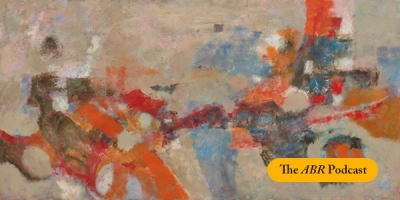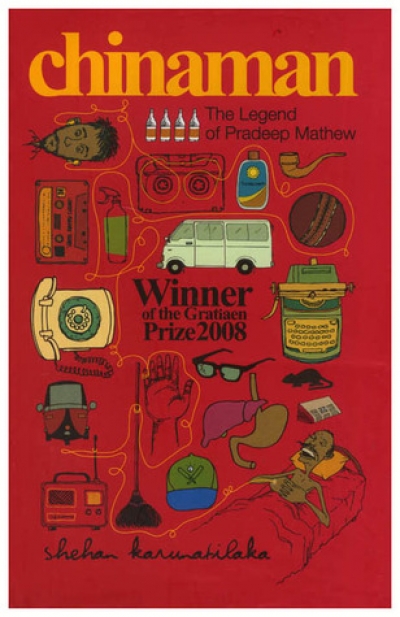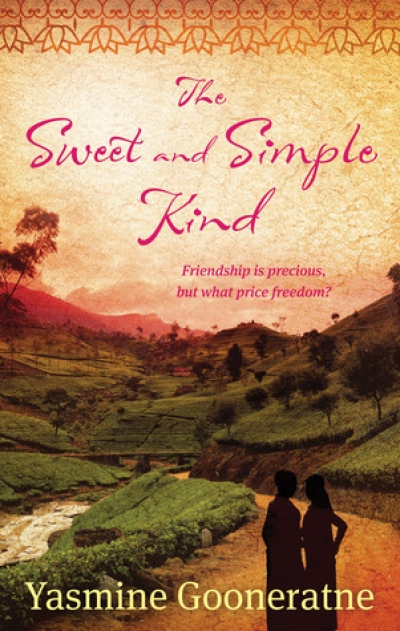Accessibility Tools
- Content scaling 100%
- Font size 100%
- Line height 100%
- Letter spacing 100%
Sri Lanka
The ABR Podcast
Released every Thursday, the ABR podcast features our finest reviews, poetry, fiction, interviews, and commentary.
Subscribe via iTunes, Stitcher, Google, or Spotify, or search for ‘The ABR Podcast’ on your favourite podcast app.
2025 Peter Porter Poetry Prize Shortlist
Read by the poets
This week on The ABR Podcast we feature the 2025 Peter Porter Prize shortlisted poems, as read by the five poets, published in the January-February issue of ABR.
Recent episodes:
On this week’s ABR Podcast, Nick Hordern tells the story of Mitty Lee-Brown, the Australian artist who went into self-imposed exile in 1968 to Ceylon, which in 1972 became Sri Lanka. Nick Hordern is a former diplomat and journalist, and the author of several books, including World War Noir: Sydney’s Unpatriotic War. Listen to Nick Hordern’s ‘Mitty Lee-Brown: artist in exile: From a boarding house in Woollahra to Sri Lanka’, published in the July issue of ABR.
... (read more)Nilaveli, on the north-east coast of Sri Lanka, is a long way from Sydney’s S.H. Ervin Gallery, but when in 2017 I visited the exhibition Margaret Olley: painter, peer, mentor, muse, which traced the links between Olley and her circle, the name of one of her fellow artists took me straight back to the white sands of Nilaveli Beach.
... (read more)The Seasons of Trouble: Life amid the ruins of Sri Lanka’s civil war by Rohini Mohan
The Island of Singing Fish: A colonial childhood in Ceylon by Tina Faulk
The Sweet and Simple Kind: A novel Of Sri Lanka by Yasmine Gooneratne
With wings as black as night and breast as white as cloud, the sea eagle swooped from the sky. It snatched up the baby boy in front of his mother’s very eyes. She acted quickly. She grabbed a coconut shell and hurled it towards the bird. The baby dropped to the ground and landed unhurt on soft sand. But before she could reach it, the baby was gone, swept away by the tsunami. The eagle knew, you see. Like the elephants who had already left the coast, like the dogs that ran for high ground before anyone saw anything, the eagle knew that the big wave was coming. It had been trying to save the baby, and the woman had stopped it, and now her baby is dead.
... (read more)







